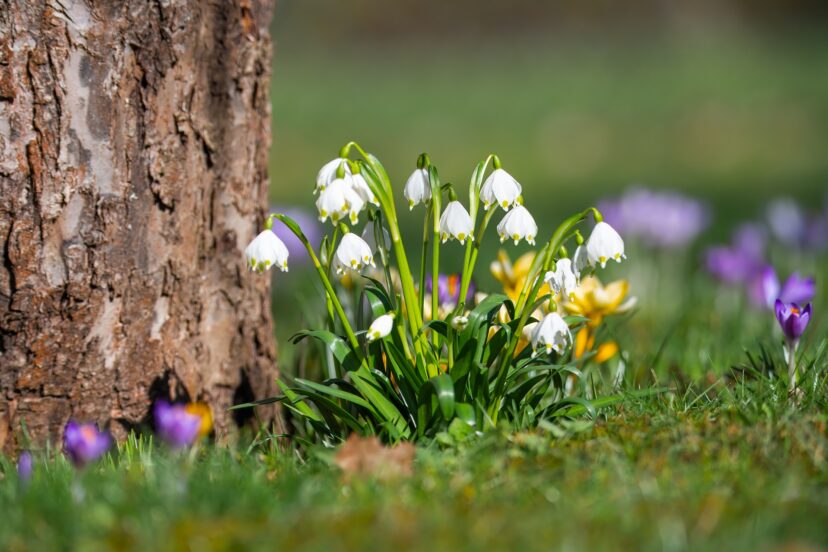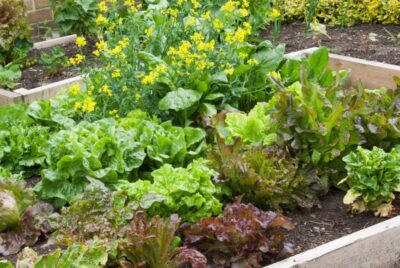March Garden Tips For a Thriving Season Ahead
Let’s dive into twelve essential garden tips and chores that keep your garden thriving for the growing season ahead. March is a bustling time in the garden. As the days lengthen and temperatures rise, it’s essential to stay on top of your garden tasks to ensure a successful growing season.
In this Article
- Assessing Winter Damage
- Record-Keeping
- Pruning and Training Plants
- Soil Preparation
- Weeding and Mulching
- Inspecting for Pests and Diseases
- Watering and Irrigation
- Fertilizing
- Planting and Transplanting
- Harvesting Early Crops
- Supporting Climbing Plants
- Preparing for Spring Flowers
We continue our garden maintenance, and project series by exploring the tasks you can do to help your garden grow and thrive throughout the year. The content below is general guidance and not for a specific zone or region. Catch up with the series below:
- Garden Maintenance: January’s Jump Start – guide you through a series of projects to kick off the year
- February’s Garden Planning: Conquer Your Garden for Spring – dive into garden planning and design
This article contains affiliate links to products for your convenience. Vertical Gardens Hub may earn a small commission from purchases made through these links at no additional cost to you. Please see our disclaimer to learn more.
Assessing Winter Damage
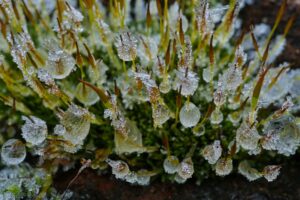
The first garden tip for March as for every winter month, is to assess any damage caused by snow, wind, frost, or heavy rain. Check your structures, such as sheds, trellises, and supports, for any signs of damage or instability. Inspect your grass, trees and shrubs, and winter veggie garden for frost and snow damage.
Record Keeping
Keep track of important information about your garden, such as planting dates, varieties, watering schedules, observations and wildlife visits. Maintain a garden journal or use a gardening app to record this information for future reference. Keeping detailed records will help you track your garden’s progress and make informed decisions in the future.
Pruning and Training Plants
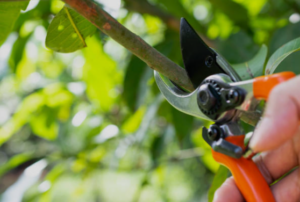
Pruning is one of the best things you can do and crucial for maintaining healthy and productive trees and plants in your garden. A proper prune is both an investment in the long-term health of your plants and in the overall look and safety of your property.
Remove any dead or diseased branches, as well as any crossing or overcrowded growth. Train vines and climbers to grow vertically by tying them to supports or guiding them along trellises. This will help maximize space and encourage better airflow and sunlight penetration.
As mentioned in our February Garden Maintenance article, depending on your experience talking with a local professional and/or referencing a quality pruning guide such as Pruning and Training, Revised New Edition: What, When, and How to Prune is recommended.
Soil Preparation
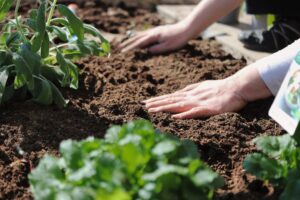
Prepare your soil for the upcoming growing season by testing its pH and nutrient levels. Amend the soil as needed with organic matter, such as compost or aged manure.
Organic matter is a gardener’s cure-all, no matter what your soil type. When added to your soil, organic matter will improve its structure and feed the microbial like within it. Compost and animal manure are naturally packed full of nutrients that will increase the fertility of your soul and plants will love it too!
Weeding and Mulching
Winter weeds help protect the soil from erosion and heavy rain, with Spring approaching it’s now time to dig in and hoe off before they get a chance to spread and seed.
It’s best to regularly keep weeds at bay by regularly removing them from your garden. Weeds compete with your plants for water, nutrients, and sunlight, so it’s essential to stay on top of them. Apply a layer of mulch around your plants to help suppress weed growth and retain moisture in the soil.
Inspecting for Pests and Diseases
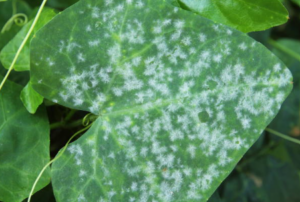
Keep a close eye on your plants for any signs of pests or diseases. Check the undersides of leaves and along stems for any pests and look for any unusual spots or discoloration on your plants, which could indicate a disease. Treat any infestations or infections promptly to prevent them from spreading.
Natural pest control (chemical-free) remedies can help the pest population. These solutions from essential oils, fly traps, companion planting to food grade Diatomaceous Earth is often safe for pets, small children and non-toxic.
Natural compounds have been used as garden fungicides for many years. Sulfur, neem oils, and bicarbonates like baking soda have been used as a natural option for fungicides.
Watering and Irrigation
As the weather warms up, you may need to adjust your watering schedule depending on where you live. Because Mother Nature still has wet weather planned for many areas, she most likely will take care of the garden watering. Be aware of how much rainfall you are getting. You can supplement if you get less than an inch per week. Plants may require more frequent watering as they begin to actively grow again. Pay attention to the moisture levels in your soil and water, making sure not to overwater or underwater your plants.
Now is also a great time to repair your irrigation system for leaks and needed repairs or install a new system if you don’t have one. Sprinklers are the best way to deliver water to your lawn and garden and have many benefits including convenience, aesthetics, safety, and watering at the right time and the right amount.
Also Read:
Seeding and Fertilizing Lawns
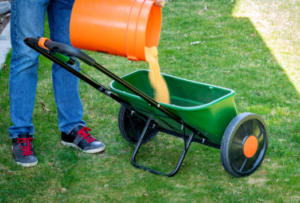
Seed your lawn prior to fertilizing in mid-March through early April. If you apply fertilizer first, it may create a barrier between the grass seed and the soil reducing germination rates and hindering root production. You can fertilize on the same day, but it is best to wait and fertilize later in spring.
Give your plants a boost by applying a balanced fertilizer in late March. Choose a fertilizer that is appropriate for the types of plants you are growing and follow the manufacturer’s instructions for application rates. Fertilizing will provide your plants with the nutrients they need to thrive during the growing season.
Planting and Transplanting
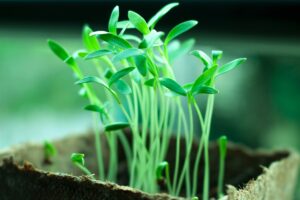
Start seeds indoors for plants and vegetables that you plan to transplant into your garden later. Seedlings need to be acclimated to being outdoors permanently. One to 2 weeks before placing them in their permanent location, start bringing them to a shady spot outdoors for a couple hours. Slowly build up the amount of sunlight and hours of outdoor time they receive each day. Transplant these seedlings or young plants once the threat of frost has passed and the soil has warmed up sufficiently.
Many perennials that have grown in your garden for a few years can be divided and moved in early March – May when they show signs of new growth. Plants like Daylilies, Hosta, Bearded Iris, ornamental grasses, and Black-eyed Susan do well being divided and moved around. As a result, this offers an economical way to add your favorite plants throughout your garden. Plants can also be divided in late fall, once they have finished growing for the season.
Harvesting Early Crops
If you planted winter crops, March is the time to start harvesting them. Peas, lettuce, spinach, and other early crops can be harvested as soon as they are ready. Enjoy the fresh flavors of your homegrown produce and make room for new plantings.
Supporting Climbing Plants
Ensure that your climbing plants have adequate support as they begin to grow in March. Install or reinforce trellises, stakes, arches, or other supports to help keep your plants upright and secure.
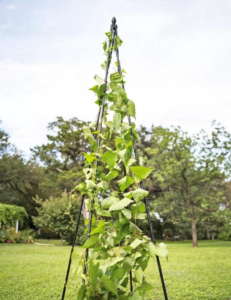
Support perennial climbing plants like roses, Jasmine, Wisteria, or Clematis with a more permanent structure. Arches, arbors, or metal structures continue to support the climber once it goes dormant over the winter months.
Annual climbers can be supported by semi-permanent structures like a trellis, pole, teepee, or obelisk. These climbers will die back over the winter months, so support isn’t necessary. Pay special attention to heavy crops like tomatoes and cucumbers, which may require additional support like a vegetable hammock as they mature.
In addition, take some time to clean and inspect your garden structures and remove any debris or buildup that may have accumulated over the winter months. Check for any signs of damage and make any necessary repairs or replacements to ensure your structures are sturdy, secure and ready for spring.
Preparing for Spring Flowers
Begin planning what flowers to plant in your garden to add beauty to your space. Choose a variety of flowers that bloom at different times throughout spring and summer to provide continuous color and interest. Companion planting is a great choice for flower and vegetable gardens as it deters pests and attracts pollinators. In addition, consider incorporating edible flowers, such as nasturtiums or calendula, into your garden for added versatility.
Final Thoughts
It’s a very rewarding time in your garden. By staying proactive and tackling essential chores like pruning, soil preparation, and pest control, you can set your garden up for success and lay a solid foundation for the months ahead. Enjoy the process and the fruits of your labor as your garden comes to life this spring.
FAQs
Q: Can I skip soil testing if my plants seem healthy? A: It’s advisable to test soil regardless of plant appearance. It helps identify nutrient deficiencies that may not be evident visually.
Q: How often should I water my vertical garden in March? A: Monitor soil moisture consistently. Water when the top inch of soil feels dry, adjusting based on specific plant requirements.
Q: Are all pests harmful to my vertical garden? A: While not all pests are harmful, it’s crucial to identify and address any unusual insect activity promptly to prevent potential damage.
Q: Can I use regular garden tools for vertical gardening? A: Yes, standard garden tools are suitable. Ensure they are sharp and well-maintained for efficient use in your vertical garden.
Q: What should I do if I discover winter damage on my plants? A: Trim back damaged areas, provide proper care, and monitor for new growth. Healthy pruning aids in the recovery process.

